A Weekend Under the Dark Skies of Manning Park
I’ve wanted to stargaze from the famously dark skies of Manning Park for some time now. I camped at Manning Park in the Hampton Campground for the Canada Day long weekend from June 30-July 3, giving me 3 opportunities for clear skies.
Kamryn, from the UBC Astronomy Club, Daniela, and Diego joined me for the weekend. Fortunately for us, the weather was excellent from Thursday to Saturday morning, until the thundershowers appeared Saturday afternoon with intermittent heavy rain overnight on Sunday.
On both Thursday and Friday night, Kamryn and I observed from the Cascade Lookout, a viewpoint nestled high up a windy mountainous road that provides panoramic views, snow-capped mountains visible off in the distance. We set up the club’s APM 140 refractor on my AZ-EQ6 mount and used it as our primary scope.
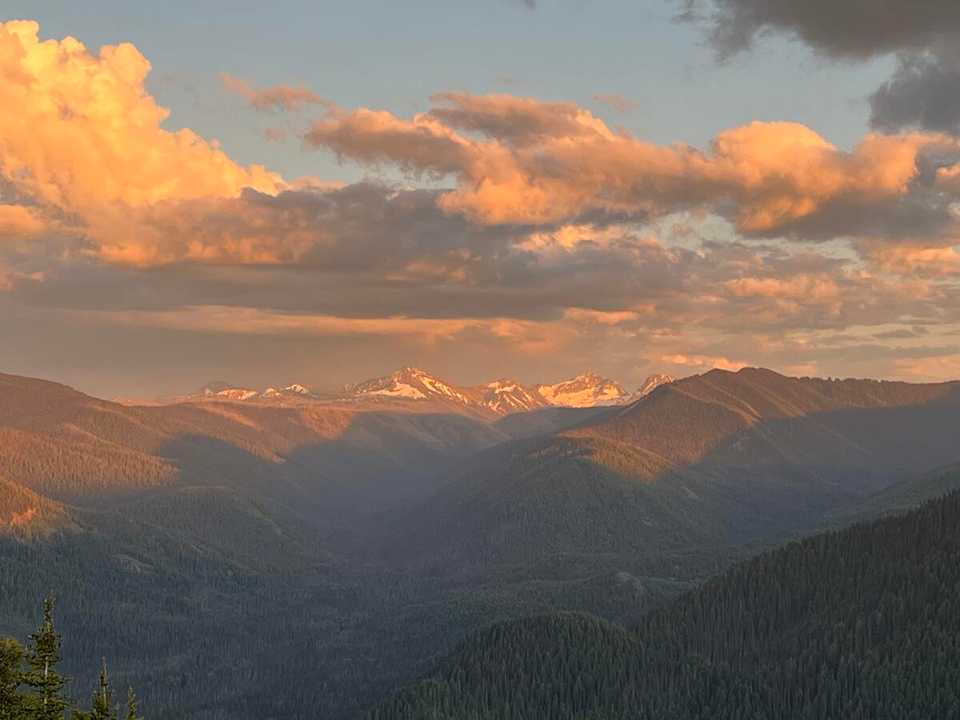
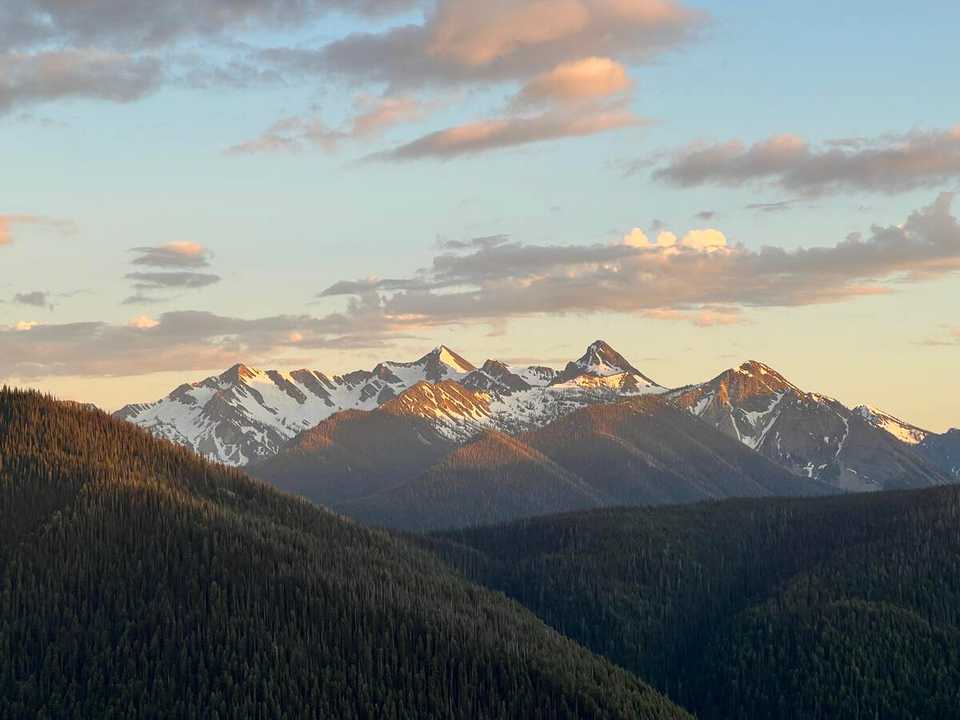
Thursday night was a shorter session; we were the only people with telescopes at the lookout and shared views of the showpiece objects (M13, M3, M57, M51, M81/82, M32, etc.) with the handful of people who were there to stargaze and to take photographs. Manning Park has very dark skies, noticeably darker than Porteau Cove, and this was most apparent in the subtle structure visible in the Milky Way; however, it never got quite as dark as I had been expecting, with persistent skyglow towards the north that never quite went away (the next day I found out that this was caused by a faint aurora!). Transparency also wasn’t great.
I took some photos of the Milky Way with my Fujifilm XT-2 camera with the idea of stacking the images, the result of which is below. To the left of the Milky Way is a green glow that I found out was from the aurora!

The highlight of Thursday night was sharing the views with a mother and two daughters who were extremely excited to view through the telescope. They were amazed to see nebulas and globular clusters through the APM 140 and thanked us profusely when they left. We left not too long after when we noticed some clouds starting to roll in. I was feeling pretty tired after a long day of packing and driving anyway.
While Thursday night was by any measure a successful observation night, Friday night was utterly unforgettable. After an astounding Mexican dinner made by Diego (who used to work as a chef), featuring the best quesadilla I’ve ever had, Kamryn and I made our way up to the Cascade Lookout early to catch the sunset and have ample time to set up. On the drive, I said that I was hoping some people with big Dobsonian telescopes would show up, and sure enough, I saw two towering Dobs being set up when we pulled up to the lookout.

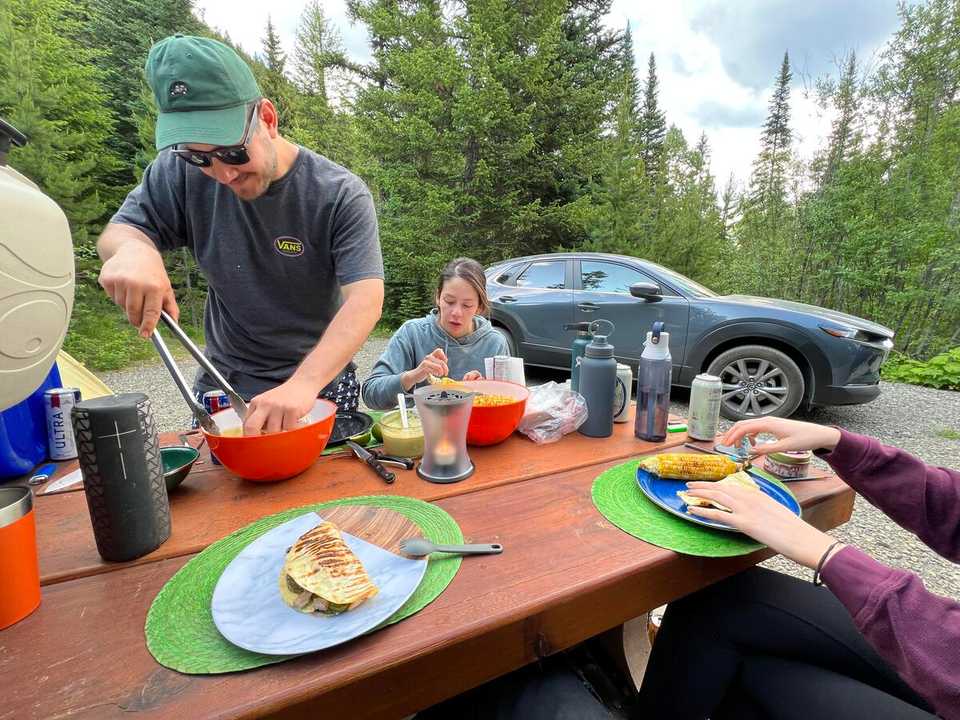
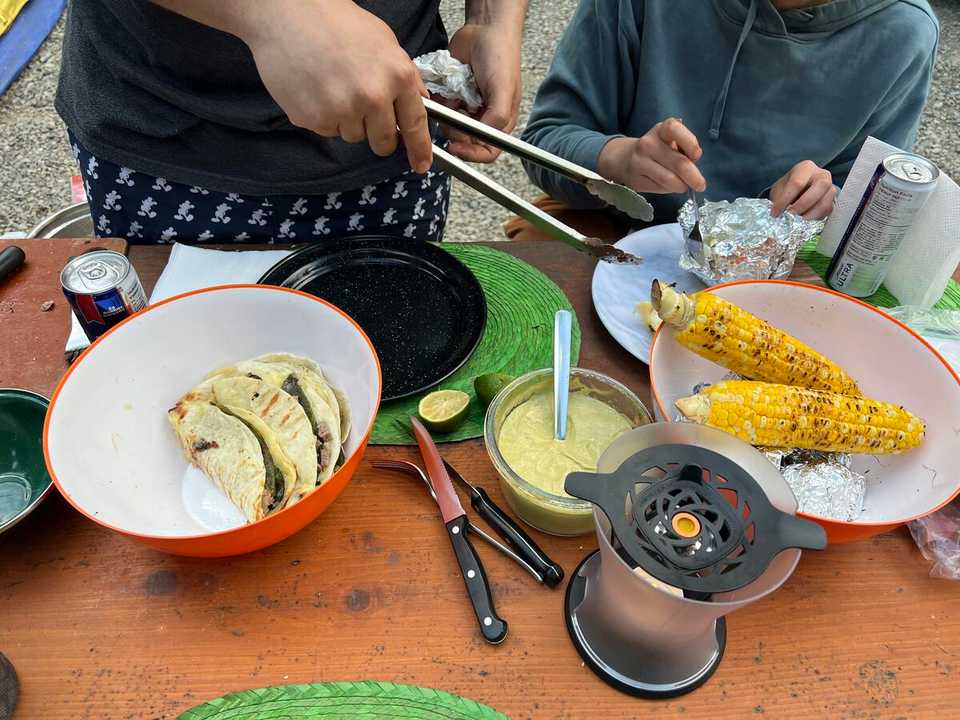
The clouds that had been lingering throughout the day cleared out, leaving us a stunning vista with the mountains in the distance and a slender crescent moon low to the east. After assembling the mount and APM 140, I wandered over to chat with the 8 or so astronomers who were setting up their scopes. The closest to me was Steve, who had a beautiful Stellarvue 4” refractor mounted alongside a Celestron C8. His friend had a home-built 16” Dob, which looked mechanically superb; we chatted about how he designed the telescope at some length. The UBC Astro Club has a 16” f/4.5 mirror that I’m planning on building a scope around, so I’m always looking for inspiration.
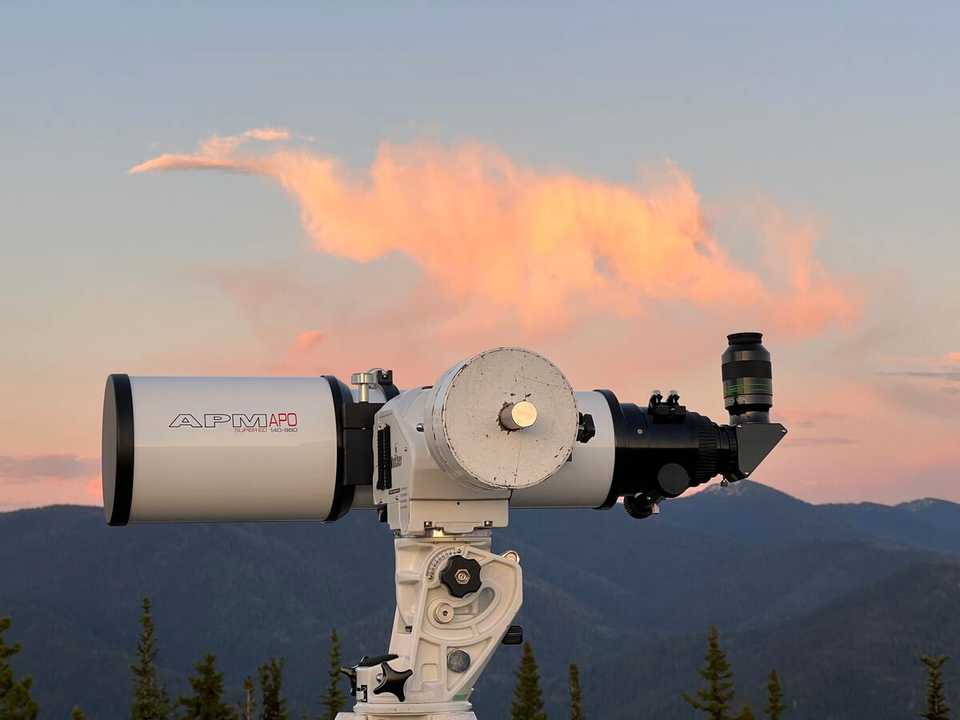
Next, I saw a very long vintage refractor, and sure enough, my friends Harout and Bryce from Markarian Fine Optics were there, Bryce with his impressive 100mm binoculars. I told them that the APM 140, which I had purchased from them a few weeks prior, was set up and told them to come by later for a peek. I took a look through Harout’s impressive refractor at the moon and saw a fine view through the long focal length achromat.
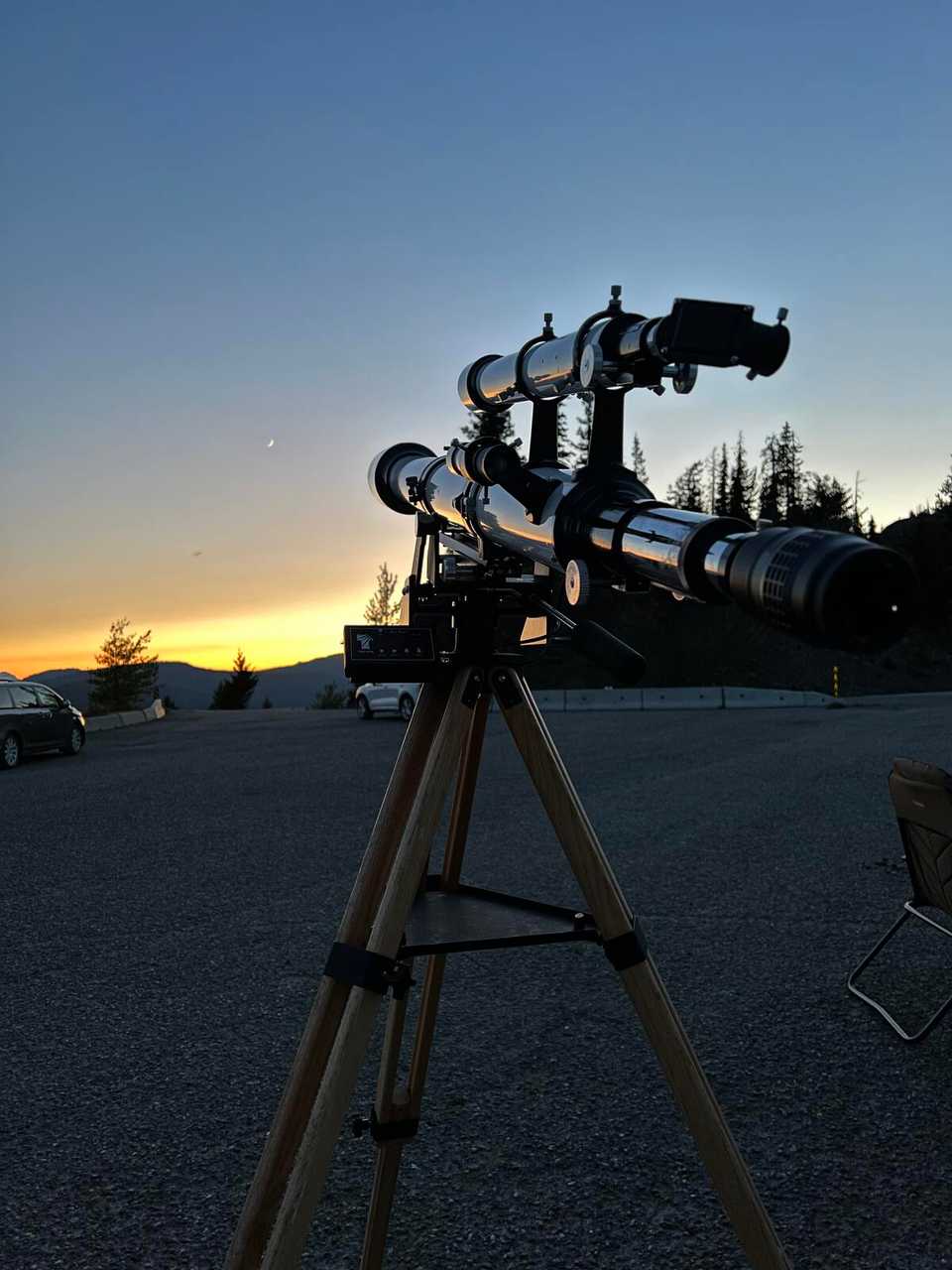
Finally, I walked over to the 18” Dob being set up in a corner and recognized Felix as the owner, who I had met a couple of months ago at Markarian Fine Optics. A telescope store is a great place to make friends! I asked him what he was planning to observe and he told me that he was targeting small, faint planetary nebulas, with the Blue Snowball Nebula and the Twin Jets Nebula being his main targets. I requested M13, M51, and M57, and he graciously queued those up as well.
As the night progressed and darkness slowly fell, I went back to the 5.5-inch refractor (which was feeling small alongside the giant Dobs) and aligned the scope to Vega and Arcturus, then slewed to a handful of the brighter deep-sky objects. The wind started picking up and Kamryn sat in the car to warm up, although I didn’t feel too cold, probably from the anticipation of viewing through the 18”.
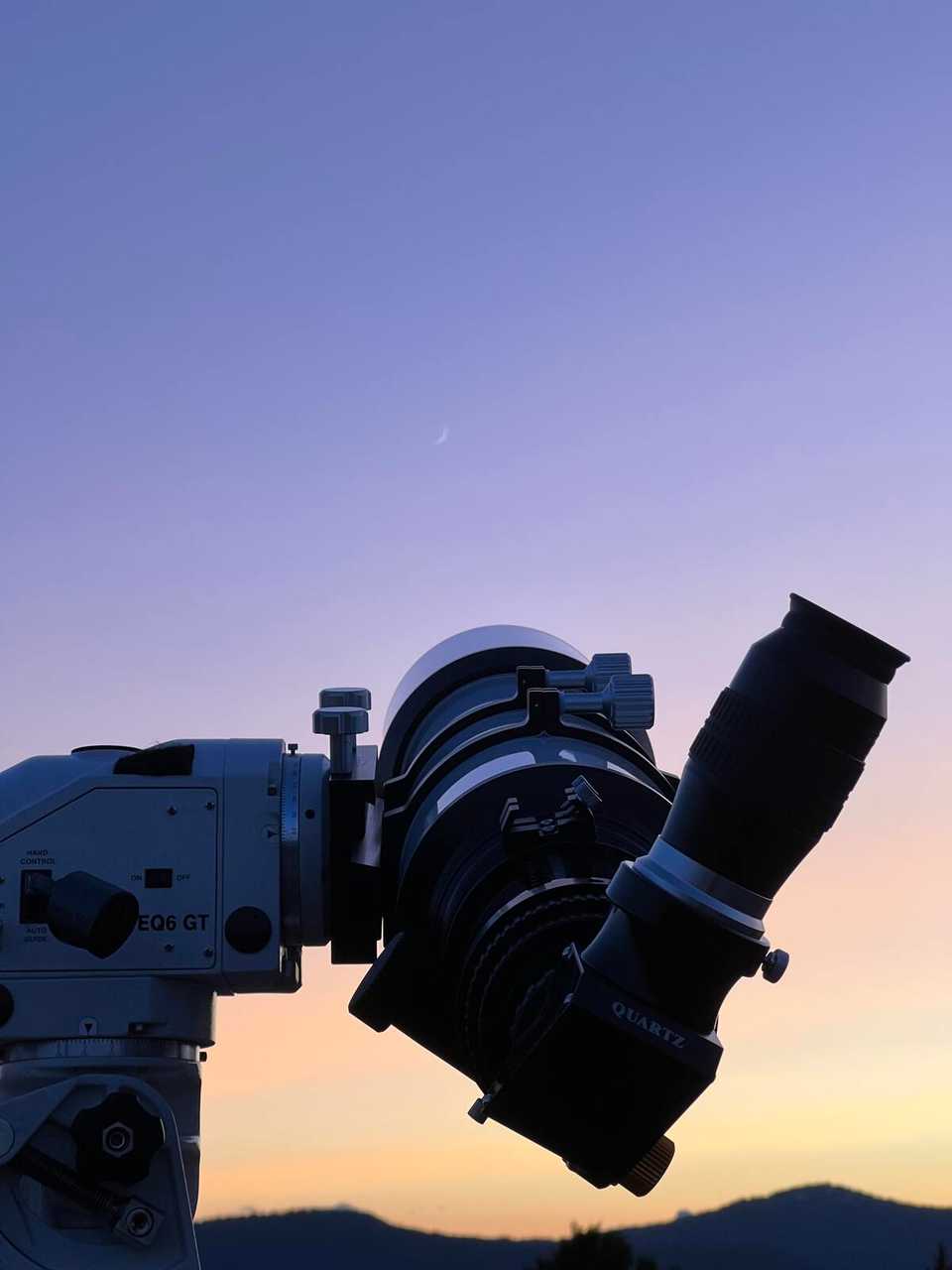
Once it was dark enough, I walked to the other folks who were observing to chat with them and look through their scopes - most astronomers are happy and eager to share views as long as you’re respectful and don’t blast them with your car headlights. I didn’t end up using the APM 140 for most of the night until the planets started to rise.
Now onto the star of the show, pun intended. I walked over to Felix and got to view some incredible nebulas, some that I haven’t even heard of. First up was the Blue Snowball Nebula, NGC 7662, which showed a brighter central core and a diffuse outer shell. Next, we viewed the Twin Jets Nebula, M2-9, which looked like a faint puffy cigar tilted at 45 degrees. The Whirlpool Galaxy, M51, was up next, which was one of my highlights of the night. I went to coax Kamryn out of my car so she could see this glorious spiral galaxy - using averted vision I could easily make out the spiral structure as well as the bridge to the companion galaxy, confirmed by Kamryn and Felix. It was easily the best view of M51 I’ve ever had.
My friend Daniela also joined and got to view through the 18” Dob. We viewed the Lagoon Nebula, M8, which filled the entire eyepiece and glowed bright green, looking like mottled cotton candy, then went to the Swan Nebula, M17, extraordinarily bright and obvious through such a big Dob.
The highlight of the night for me, bar none, was the Ring Nebula, M57. I mentioned to Felix that I had wanted to view the famously elusive central white dwarf star, something of a bucket list item since I was a kid, and he was game to try. He swapped to the TMB SMC eyepiece, famous for its sharpness and transmission, and viewed the Ring Nebula but wasn’t successful at making out the 15.8 magnitude star in the center. Undeterred, I climbed the stepladder and looked through the eyepiece. WOW! I was initially struck by the level of detail and brightness of the nebula, even at the very high magnification (I’m not sure exactly what it was, but certainly north of 400x). It glowed green (most deep sky objects look green, as our eyes are more sensitive to this wavelength) and I could see the texture in the rings. While I stared at the perimeter of the ring, I saw a faint light blink briefly, dead center in the middle. The central star! I shouted, “I see it! I see the central star!”, and as soon as I saw it, it blinked out of existence. After a few moments, it blinked in again when I wasn’t staring at it - averted vision works wonders. I told my fellow observers that it was visible maybe 15% of the time. Kamryn confirmed that she saw something blink in and out. Felix later confirmed that he was able to see the star as well.
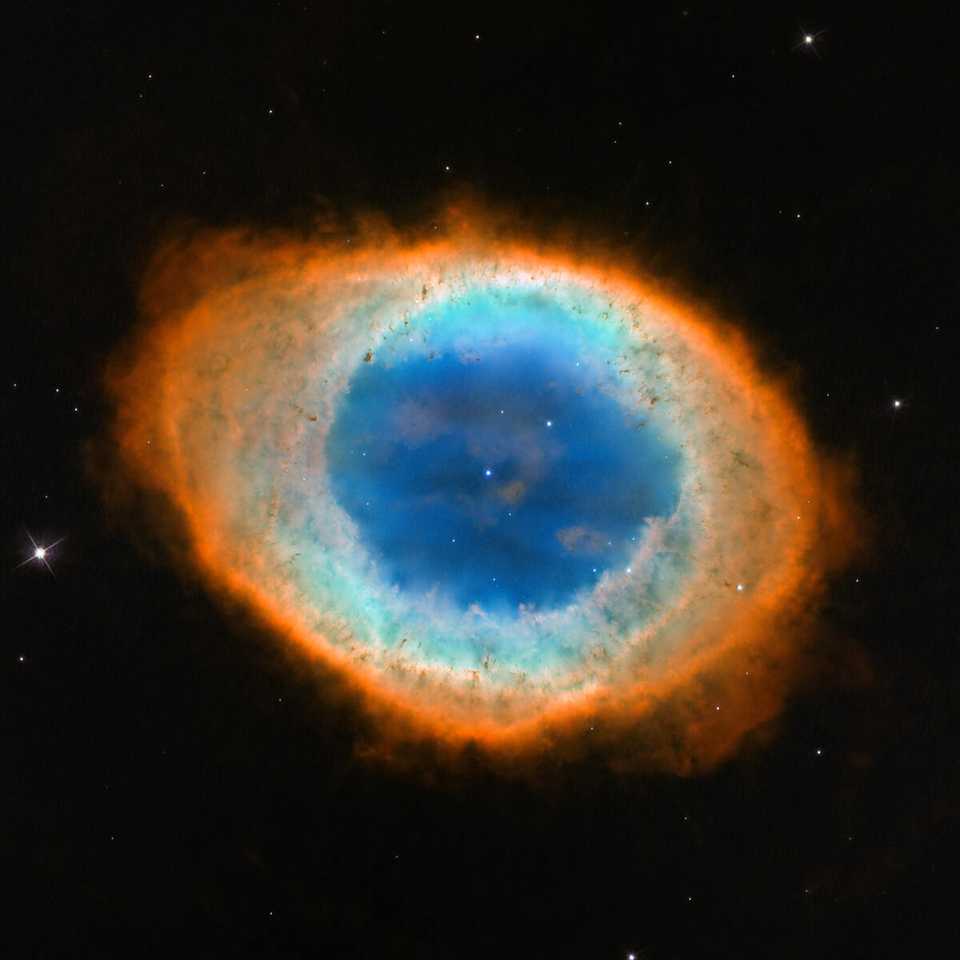
We walked back to the APM 140, and I could see Saturn and Jupiter had risen. I pointed the scope at Saturn, still relatively low on the horizon, but it was obvious that the seeing was rather good; even at that altitude, I could discern the Cassini division and bands on the disk. When I slewed to Jupiter, which had barely cleared the horizon, I saw a fuzzy, boiling mess; best to give it a couple of hours to rise further.
The one drawback of the Cascade Lookout is that it’s becoming a popular destination for Milky Way photographers who are naive about the need to conserve dark adaptation and use red lights. Our eyes take a long time to adjust to the night, and a glance at a white light means our ability to discern faint objects is destroyed. The cars pulling up to the lookout during the night makes it difficult to preserve our fragile night vision.
I walked over to some of the photographers to ask if they wanted to view Saturn and Jupiter, and they said yes (why wouldn’t they!) - for most it was their first time seeing the planets through a telescope, and they were suitably amazed.
While I was showing people the planets, I glanced over to the north and was startled to see bright spotlights pointing straight up, with skyglow that I had previously attributed to the setting sun. “What is that”, I asked, pointing, not believing that it could be the aurora, and another astronomer confirmed that it was the northern lights!

I took a photo with my iPhone, handheld, and did a double take after the 10-second exposure showed up: bright green and purple lights dancing to the north. I immediately grabbed my Fujifilm XT-2 camera and started a time-lapse to capture some images, enthralled by the light show.
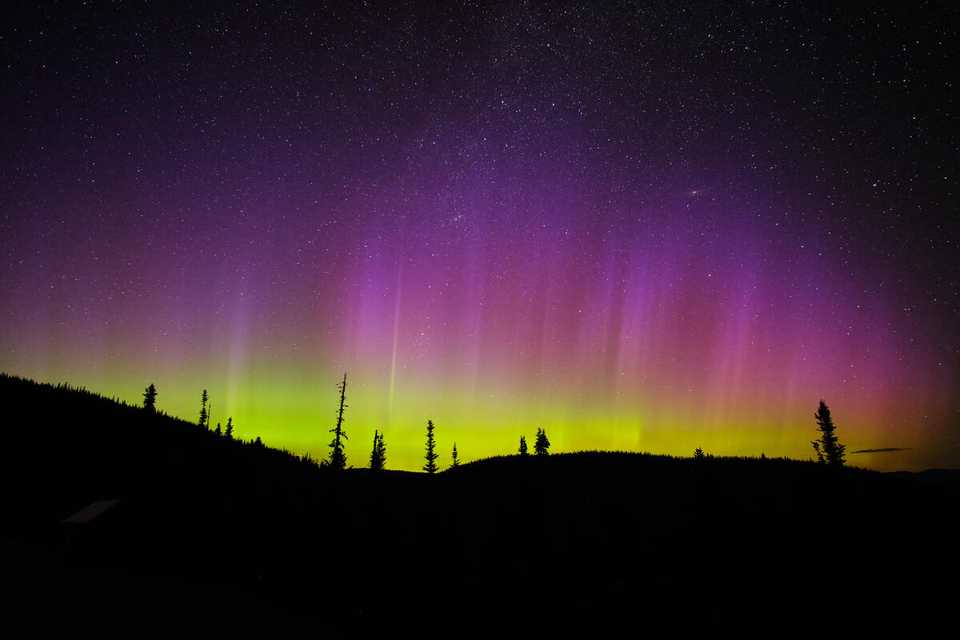
I wandered over to Felix’s scope once more, and we viewed the Veil Nebula, which was Daniela’s favourite of the night. Very impressive through such a big scope, the structure of the nebula was obvious, but the long focal length meant that only a small portion could fit inside the 31mm Nagler.
As dawn slowly approached, I once again slewed the APM 140 over to Jupiter, popped in my Pentax 3.5mm XW (280x), and was absolutely floored at the view. The seeing had dramatically improved, and I could count no fewer than 9 distinct bands and razor-thin festoons between the North Equatorial Belt and South Equatorial Belt. It was the best view of Jupiter I can recall seeing; the colour and detail were overwhelming and magnificent.
I invited Steve and Harout to come to look, and they were also very impressed. A 5.5” refractor under steady skies can produce planetary views that are breathtaking. We then turned to Saturn and were again treated to incredible views; Harout said he could easily make out the elusive “C” ring.
What a way to wrap up a night of observing. It’s one that I will not ever forget. I cannot wait to be back under the pristine, steady skies of Manning Park.